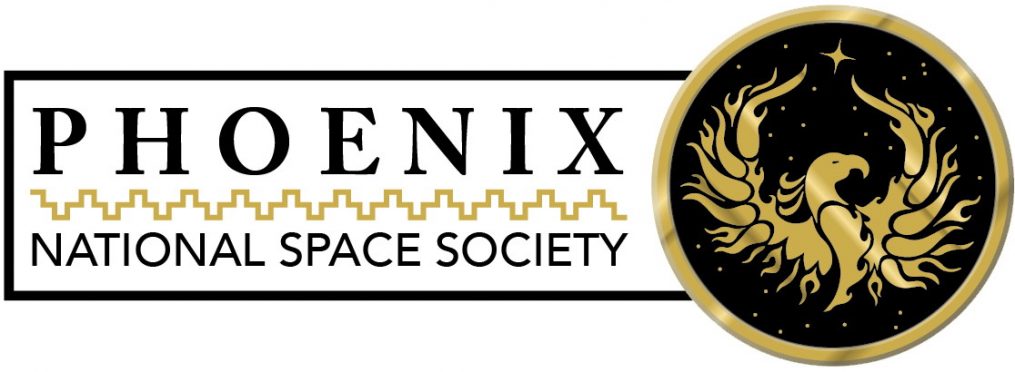02 August 2007
Folks,
As CDR of the Family Living Analysis on Mars Expedition Crew (F.L.A.M.E.), I would like to invite all to apply for our open Chief Engineer Crew Slot as well as for any Media entities. I am willing to make an allowance for an extra Crew Member Slot to be opened for anyone seriously interested in learning the protocols necessary to live and work on Mars.
We are actively seeking a Chief Engineer for our rotation. If you know anyone that is interested, please have them contact me at: Veronica.Zabala@NSS.org
The Family Living Analysis on Mars Expedition Crew (F.L.A.M.E.) currently consists of the following:
Veronica Ann Zabala-Aliberto, Commander
Stacy Sklar, Executive Officer, Exopaleontologist
Chief Engineer, Crew Slot Open
Jared Szymanoski, Chief HSO, Educator
Angelina Amanda Zabala, Executive Officer in Training, EVA Technician
Madeline “Mad Dog” Marie Zabala, HSO in Training, Mission Specialist
Gino Vincenzo Zabala, Security Officer, Assistant Engineer
Media Personnel: Currently Open
Preliminary documents which are needed are:
Resume
3 Letters of Reference
8 X 10 Picture
500 word essay on what your qualifications are, your interests in human and robotic space exploration and why (in your opinion) we should go to the Moon, Mars and Beyond
These documents can be e-mailed to me at: Veronica.Zabala@NSS.org with the Subject Line entitled “Your Name_FLAME2008 Application”
For more information on F.L.A.M.E. and the Mars Desert REsearch Station please visit: www.marssociety.org/MDRS
F.L.A.M.E.’s next rotation is March 1-16, 2008.
***We are also actively seeking any sponsorships and donations for our next mission. If you know of any individuals and/or organizations to do so, please have them contact me.
Thank you in advance! I do hope our NSS Chapter members will get involved in this great educational venture!
Ad Luna…Ad Martem…Ad Astra!
Cheers,
Veronica Ann
—
Veronica Ann Zabala-Aliberto
Arizona State University
Lunar Reconnaissance Orbiter Camera
Science Operation Center
Admin A-Wing, Room,A103
Tempe, AZ 85281-3603
Telephone: 480.727.9486(LROC SOC)
FAX: 480-965-8885
Email: Veronica.Zabala@asu.edu



 from the Phoenix chapter of the National Space Society. Her topic is
from the Phoenix chapter of the National Space Society. Her topic is 







